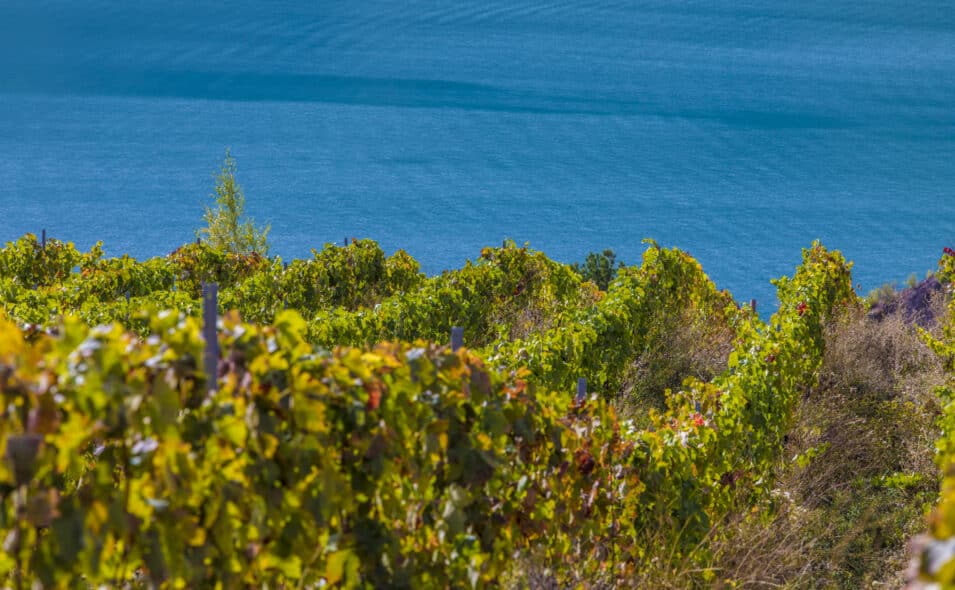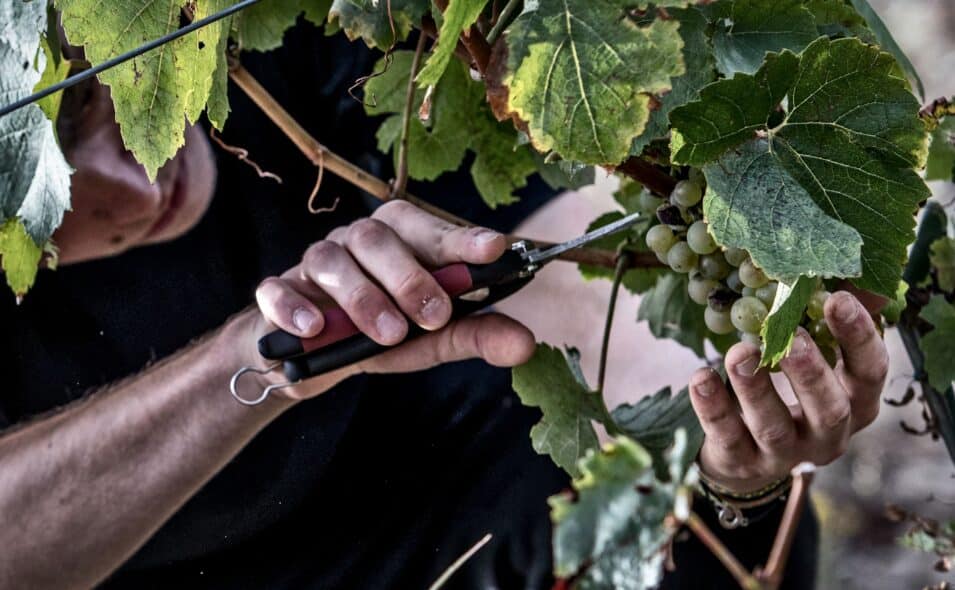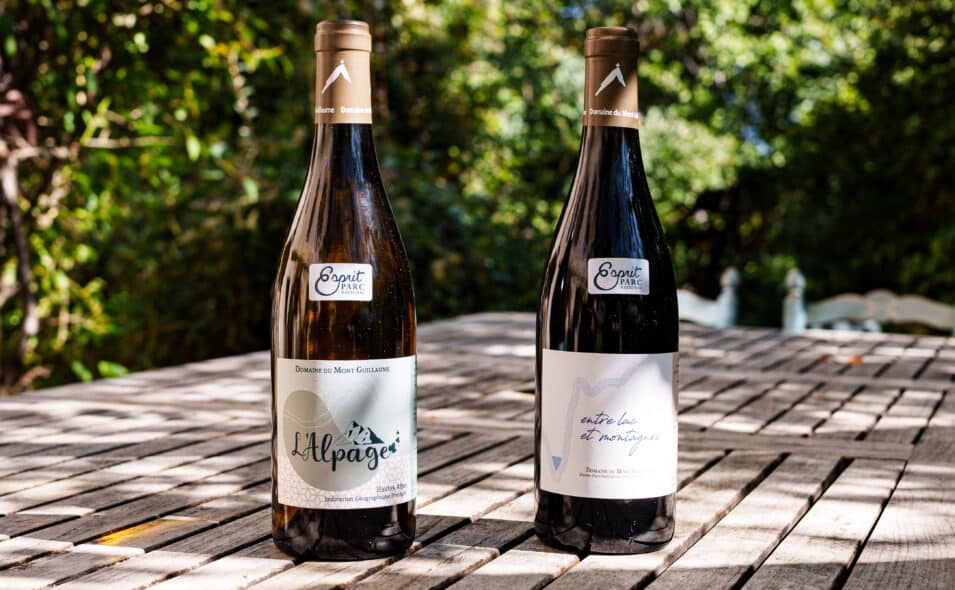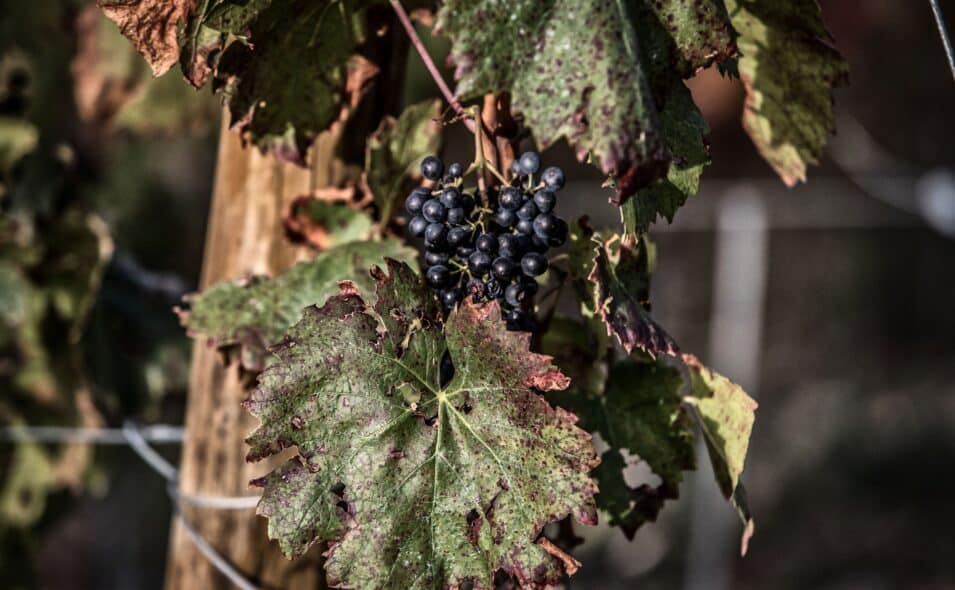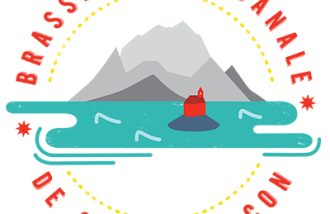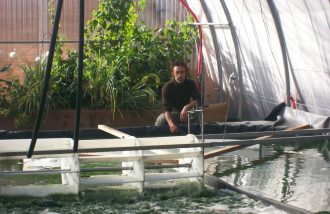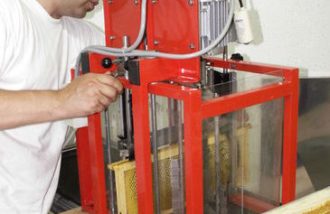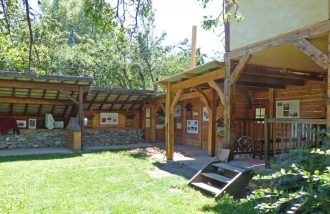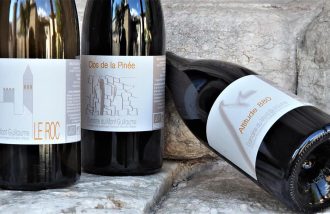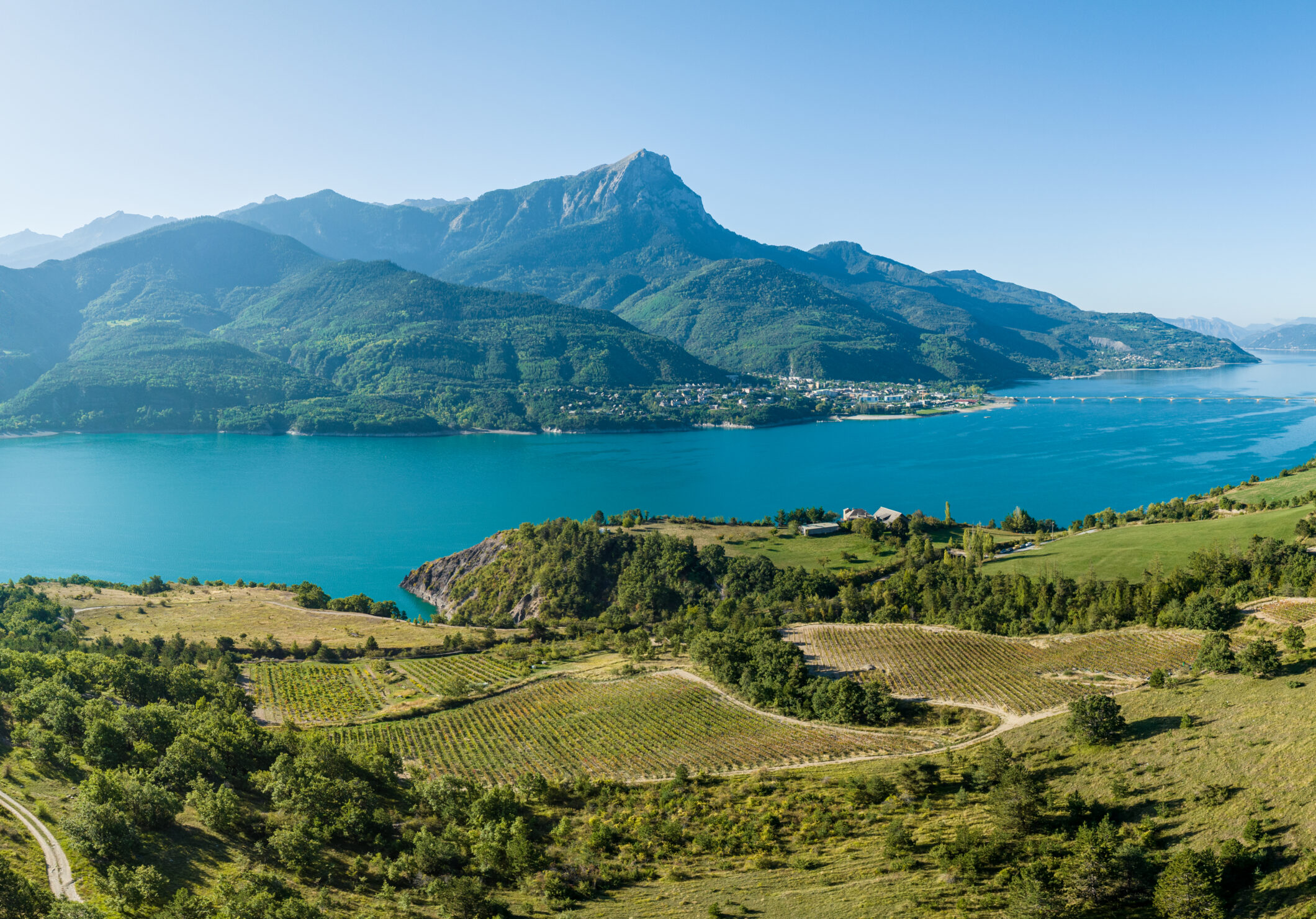
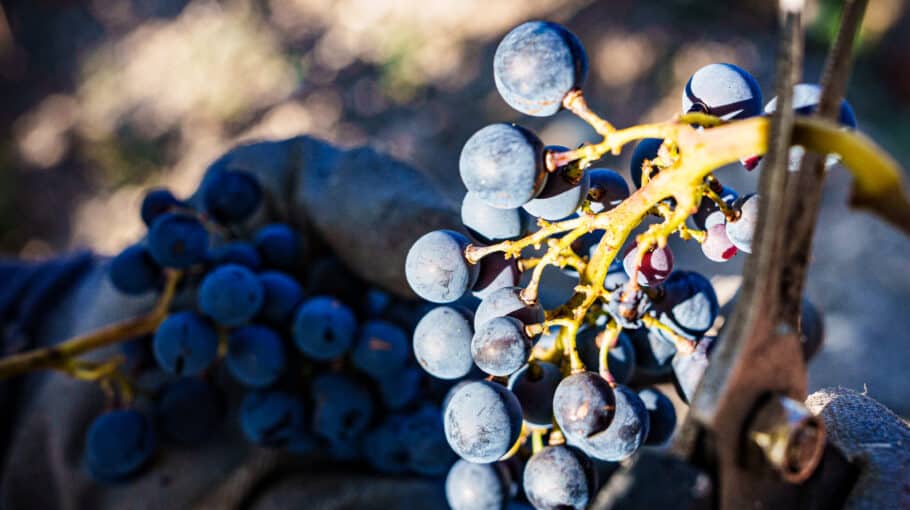
Who are you and where do you come from?
Emmanuel and his wife Delphine are winegrowers in Embrun and manage the "Domaine du Mont-Guillaume". Originally from Burgundy, Emmanuel and his wife Delphine are long-time residents of the Hauts-Alpes region, having owned a pied-à-terre in the Embrunais, in Les Orres to be precise, and have taken up the bold challenge of rehabilitating the Embrunais vineyards. After a career in the wine world in Beaune in the Côte d'Or, where Emmanuel worked as an export salesman for a wine merchant, they decided to settle permanently in the Embrunais region and set off in search of vines. It wasn't all plain sailing for these true enthusiasts. After two years of looking for plots of land, Emmanuel came across the right place: the town hall of Puy-Sanières, which offered him 2 hectares of abandoned land, ideally positioned above the Lac de Serre-Ponçon, almost due south, on a gentle slope, all in one piece. In spring 2018, almost 10,000 vines were planted. In 2016, his luck changed again when he met Charly Tavernier, a pioneer in the field who wanted to sell his small estate. It's going to be a long journey from Puy-Sanières, on the right bank of the Durance, to Saint-André-d'Embrun, on the left bank, for Charly's two hectares. A little anecdote for this native Burgundian: the inhabitants of Saint-André are nicknamed les Bourguignons!
The wine adventure begins....
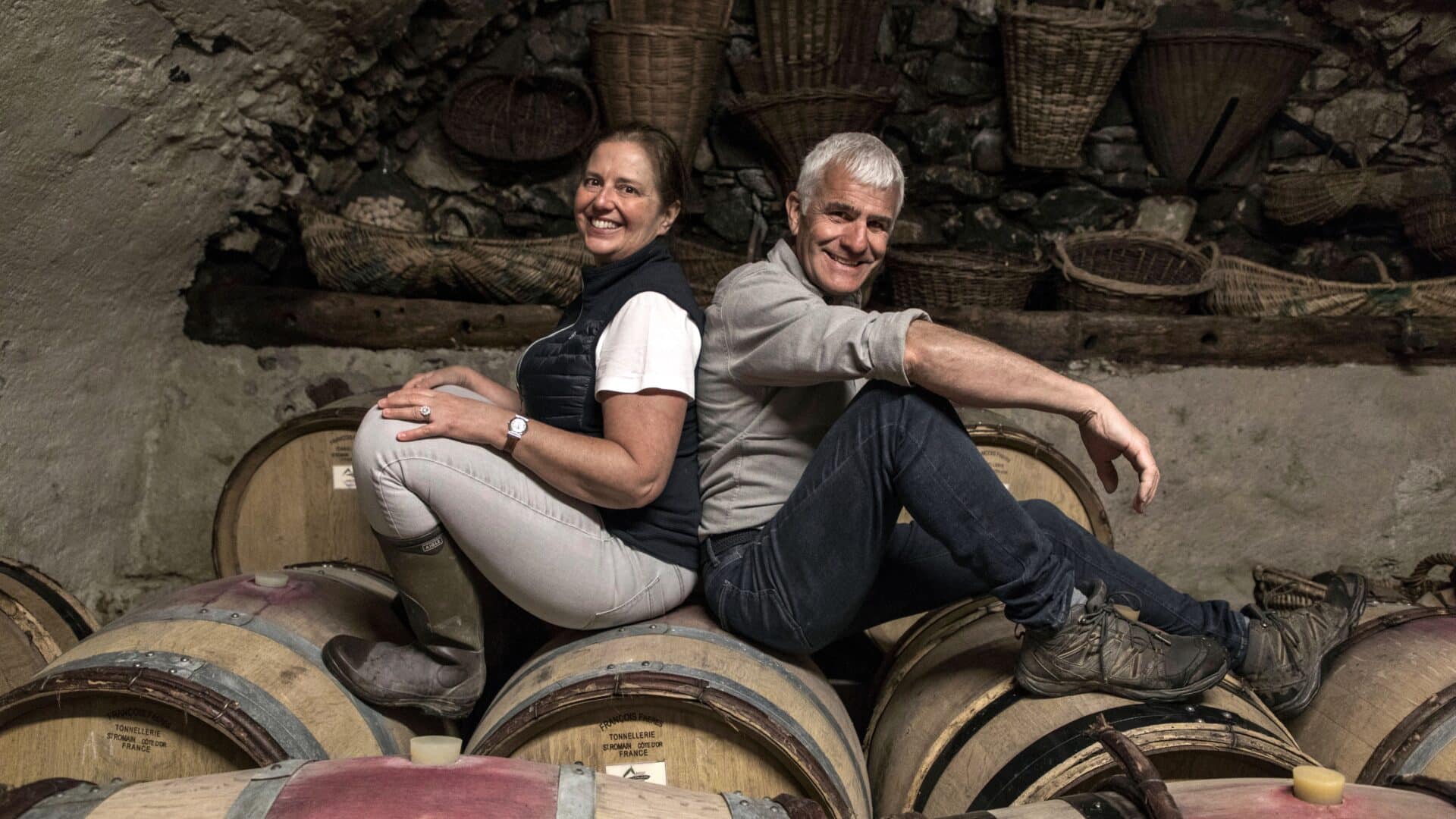
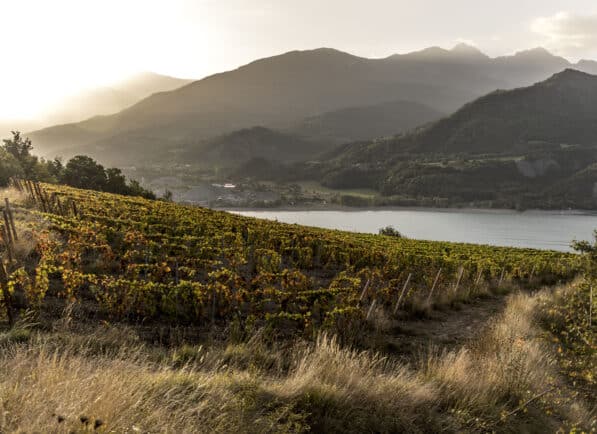
A little history...
As is often the case in France, it was monks and ecclesiastics who developed the vineyards in the late Middle Ages. At the time, all the vines were located on the adret side of the Durance, as the lake did not exist. The monks looked for the best terroirs to plant vines and produce quality wines. And it was difficult
In any case, these areas, which often correspond to alluvial fans, were the best for producing quality wines. They can almost always be found on the right bank of the Durance, between Châteauroux-les-Alpes, Chadenas, Puy-Sanières, and as far as Prunières and Saint-Apollinaire.
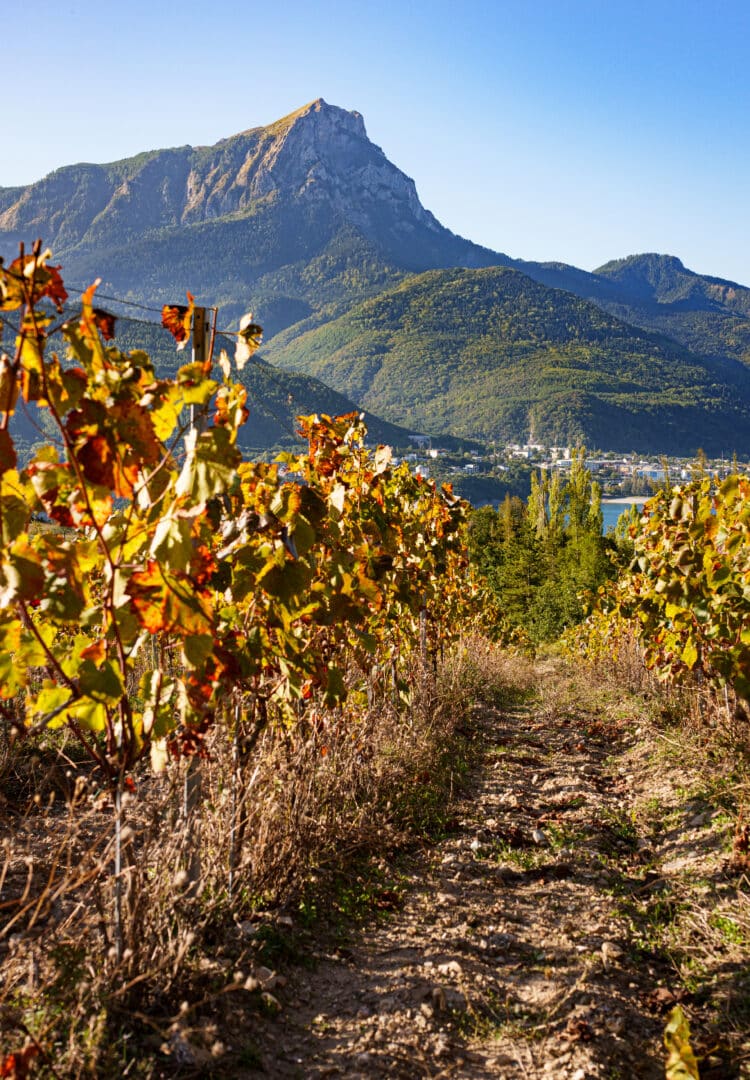
The natural environment of your estate?
The vineyard covers 4 hectares: the 2 hectares of St-André d'Embrun are at the same altitude as the 2 hectares of Puy-Sanières. This offers a similarity, but the soil is different, drier in Saint-André, and more compact too. The geology of the soils here is very rich, so we did some studies with geologists to realize that we don't really have a territory dedicated to vines, but a real terroir. Our vines are located at an average altitude of 880m, with one parcel at 950m, in a perfect ecological environment and a lively, diverse ecosystem supported by a Mediterranean climate.
We have the Esprit Parc label awarded by the Ecrins National Park, which is a source of great pride for us. It's a perfect match for what Delphine and I wanted to do, to have our vines fully integrated into an ecosystem, with soil microbiology and biodiversity that correspond exactly to the Park's values.
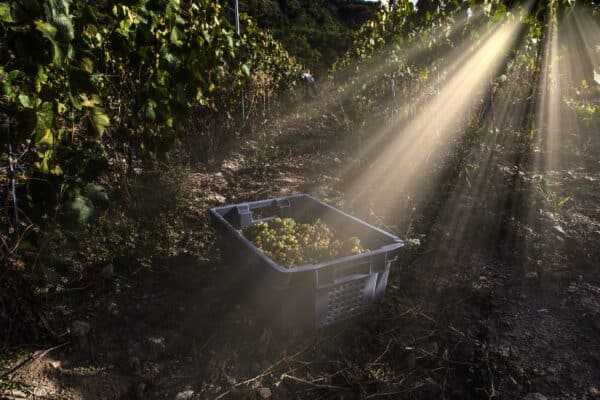
-
The uniqueness of a high-altitude vineyard
It's obvious, and we're even amazed and astonished by the differences between our wines and those found in the southern plains, in Provence, in the Côte du Rhône, where the poor winegrowers suffer the full force of extreme heat, which means that even today the typicality of the wines is affected, whereas here it's the opposite. In other words, wines that twenty years ago were barely reaching maturity are now almost sought-after for their finesse and low alcohol content compared to the regions we've just been talking about. It's also worth noting that our high mountain wines are influenced by a wide temperature range: we have very hot days, but cool, even cold evenings, generally from the end of September onwards, so the grapes we harvest are brought into the winery very cool, and therefore express themselves aromatically in an exceptional way. Today 'there are many wine owners throughout France who seek out altitude for this singularity.
-
What's the harvest like?
We harvest exclusively by hand, the old-fashioned way, using very small crates that respect the grapes and the quality of the fruit. We pick the grapes with great care, taking particular care to ensure that they arrive at the winery in fantastic condition. The winery is equipped with sorting tables. The grapes are processed in one of two ways: either white or red. If it's white, it goes straight to the pneumatic press, and we press a juice we call a mou, which will ferment and quickly become a white wine. For red wine, it's a completely different matter, requiring a much longer process. Depending on the grape variety, the red wine is brought in at specific times. The grapes are left to macerate in large, temperature-controlled vats, so that they ferment naturally and evenly. Once fermentation is complete, which takes about twenty days, the wine is ready to be pressed. Once the wine has been pressed, alcoholic fermentation is complete. As with the whites, the wines are aged in oak barrels from Burgundy for a minimum of nine months, in cold, cool cellars. At the end of the nine-month ageing period, the wine is bottled to reveal the true vintage as it will be offered to our customers. Our bottles are sold exclusively through local distribution channels. Each year is a discovery, each vintage has a different characteristic. It's exhilarating to pick the grapes, because you always have an idea, but you're not really sure of the wine's typicity. You know the tendencies, but wine needs to be made very slowly, with great patience, care and delicacy.
A real goldsmith's work with grapes! -
Grape varieties
We have great diversity, and the specifications of theHautes-Alpes PGI (Protected Geographical Indication for Hautes-Alpes wines) allow us to plant many different grape varieties. There are 2 categories: the classic varieties: chardonnay, syrah, cabernet and gamay, which are found in other regions, and the more traditional varieties, which are found in other regions.
other regions, and much rarer varieties. Mollard , endemic to the Hautes-Alpes, is a grape variety adapted to the high mountains, and which is producing very interesting results in the face of climate change. We also have chasan, a white grape variety. Finally, I have a few old vineyards, where the old-timers had planted some quite astonishing grape varieties, which we sometimes don't know about, and which have almost disappeared. Personally, I think you have to be careful with blends, you shouldn't mix too much. I really like single varietals, because they have a regularity, a frankness, a clarity in tasting that interests me a lot.
that interests me a lot. -
Vintage 2023
As always, it's nature that decides. This summer was extremely dry, with no rain, which meant that the grapes had great difficulty developing in size. These are very small grapes with little juice, so we're likely to have a very high-quality vintage, particularly concentrated and rich, but with small volumes.
The 2023 vintage will therefore be full of character, with 2 white wines and 3 red wines offered to our customers.
Visit the estate on reservation.


